Female inventors
Scientists and inventors: the women who changed the world
They were pioneers and their discoveries and inventions made history. However, their work has often been brushed aside and even vetoed by their peers. However, great women like Marie Curie, Virginia Apgar and Gertrude B. Ellion succeeded in being recognised in their respective fields of study. But they are not the only women who have changed the world.
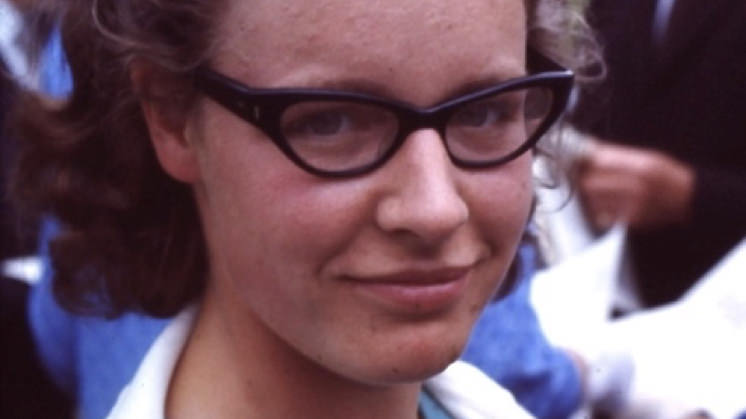
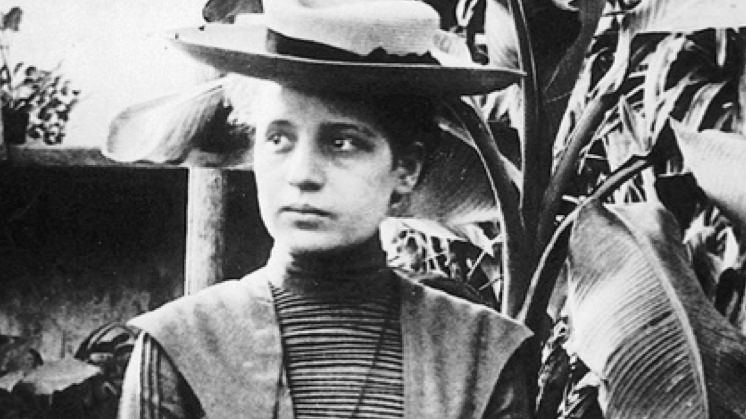
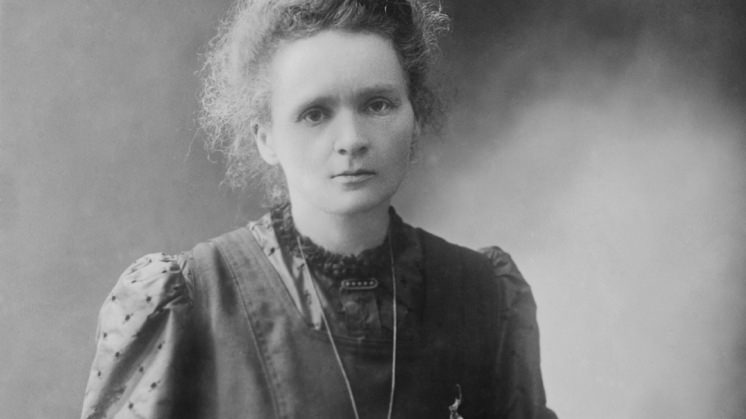
From Hypatia of Alexandria to the present day, women in all eras have defied convention, sometimes in the face of great public scandal, and have devoted their lives to investigating subjects traditionally reserved for men. To do this, they have had to face up to academic institutions and work and study colleagues and sometimes make enormous personal sacrifices.
Marie Curie, twice winner of the Nobel prize
The work of these female academics and inventors has sometimes been appreciated and rewarded, particularly in the second half of the 20th century, but also before this. One example is Marie Curie, who received the Nobel prize twice for her pivotal contributions to the fields of Physics and Chemistry. Her most significant discoveries, the elements radium and polonium — named in honour of her native Poland — are perhaps the best known among the public, but on a practical level, she developed an appliance that saved thousands of lives during World War 1: an autonomous X-ray machine. The device, mounted in a vehicle, was also used to develop images, allowing doctors to diagnose wounded soldiers on the battlefield and perform emergency operations in situ.
Jocelyn Bell Burnell, the forgotten astrophysicist
Jocelyn Bell Burnell is currently a professor of Astrophysics at Oxford, but in 1967 she was a member of a team studying quasars through a radio-telescope in Cambridge. While analysing some data, she noticed some fast, regular signals that seemed to come from stars rotating at great speed: they called them pulsars. The fact that she was not awarded the prize for her discovery — which was bestowed upon the male members of the group — caused great furore among her female colleagues, although she brushed it off saying that it was normal for the directors of studies, and not all the team members, to receive the accolade.
Lise Meitner, the "mother of nuclear fission"
The Nobel committee also failed to reward the research work of Lise Meitner, considered "the mother of nuclear fission" awarding the prize to the male participants in the study. Many believe that it was her opposition to the use of fission to create weapons — she was the only nuclear physicist who refused to take part in the Manhattan Project during World War II — that prevented her from being awarded this prize, despite being nominated 48 times during her career.
Ada Lovelace, the first computer programmer
One special case is that of Ada Lovelace, daughter of poet Lord Byron and mathematician Anne Isabella Noel Byron. Because of her aristocratic origins she was able — at a time when women were not expected to use their brains — to hobnob with the likes of Charles Dickens, Michel Faraday and Charles Babbage, with whom she collaborated on the difference engine project. Considered the first computer technician and the first computer programmer, Ada Lovelace was able to differentiate conceptually between data and processing, and even proposed using punch cards for data input and instructions.
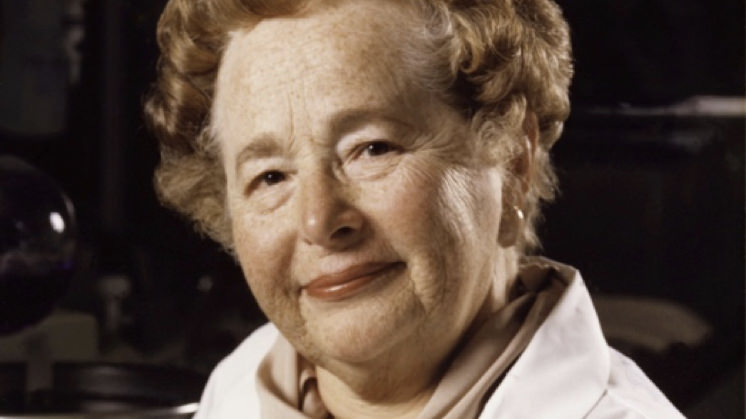
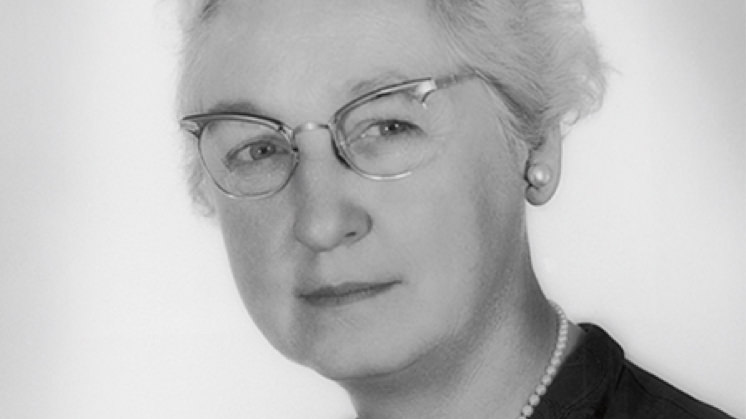
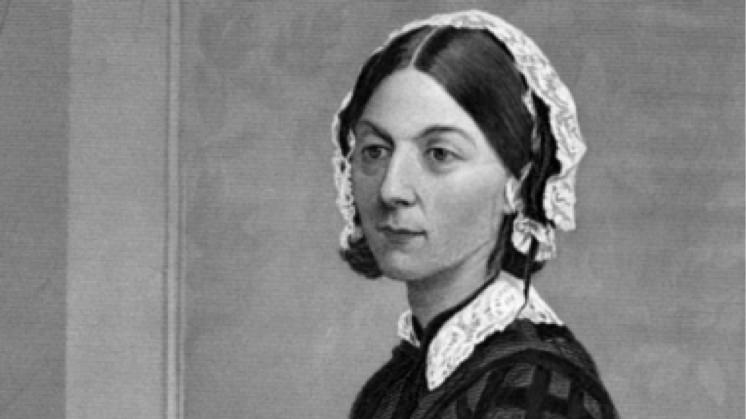
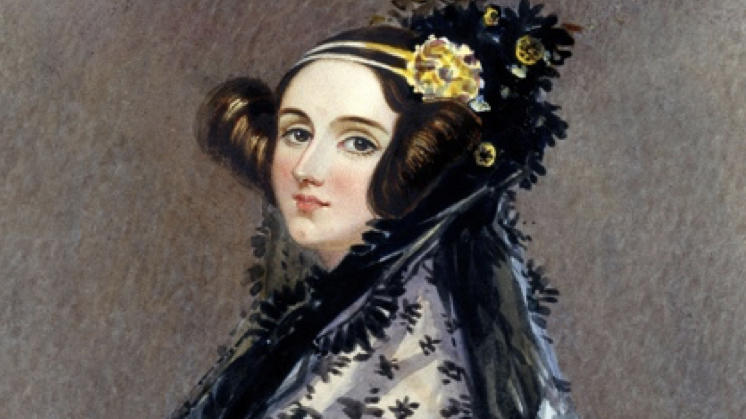
Florence Nightingale and the birth of modern nursing
Despite all this, the role of women has been restricted to very specific areas. The health sector is perhaps the one where more women have been able to shine. Florence Nightingale, for example, although not an academic, was revolutionary in her time, undoubtedly because of her wartime work.
Virginia Apgar, with newborns
Virginia Apgar was a leader in anaesthesia and paediatrics, and her research did much to reduce infant mortality. She devised what is known as the Apgar test, which is still used today and was an unprecedented advance in the field of neonatology.
Gertrude B. Ellion, the woman who made organ transplant possible
Gertrude B. Ellion discovered curative treatments — like acyclovir — for conditions like gout, malaria, herpes and cancer. She combined her work in the Burrough-Wellcome (now GlaxoSmithKline) laboratories with her PhD studies, until she was forced to give up studying because of pressure from the Deacon of the Brooklyn Polytechnic Institute. She had not obtained her PhD when she won the Nobel prize in 1988. However, she developed the first immunosuppressant used in organ transplants, one of the greatest medical advances in centuries.
What have women invented?
As well as numerous examples of great female thinkers and intellectuals, other women have come up with inventions that, although they could be considered prosaic, have affected the lives of millions of people. In 1914, for example, Florencia Parpart invented the modern refrigerator, but she is not alone...
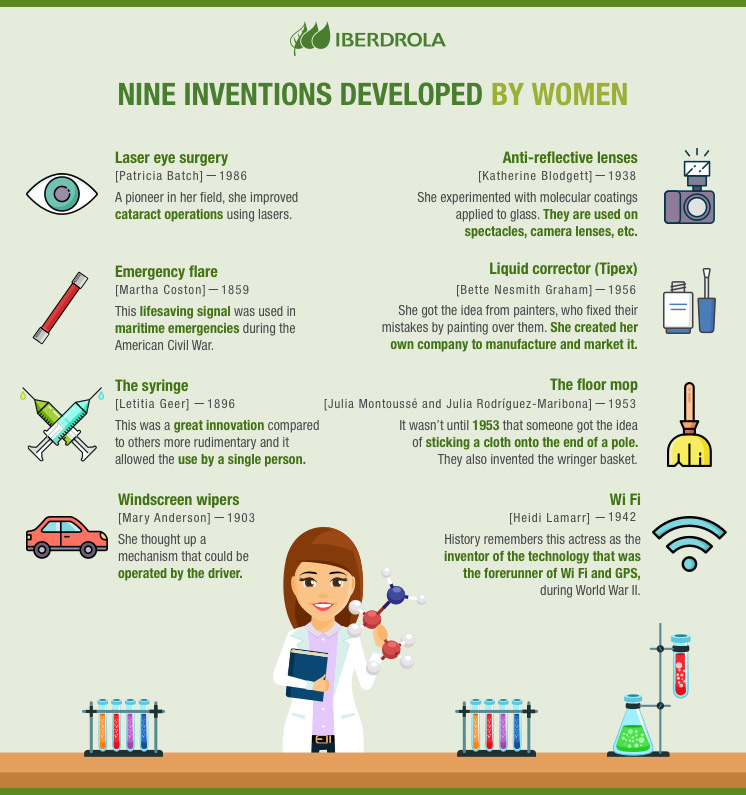
SEE INFOGRAPHIC: Nine inventions developed by women [PDF] External link, opens in new window.
Marion Donovan was another extremely practical woman: she invented disposable nappies when she was nursing her first child and she just kept on inventing... a soap dish that drained away the soap, dental floss in a case...
If there's one thing that all these women — academics and inventors — have in common, it's their ability to develop, create and to challenge convention. When Jocelyn Bell Burnell was awarded the 2018 $3 million Breakthrough in Fundamental Physics prize, she dedicated the award to use to set up a fund for special grants to offset the "unconscious bias in the physics community that stops women, ethnic minorities and refugee students from becoming researchers".




